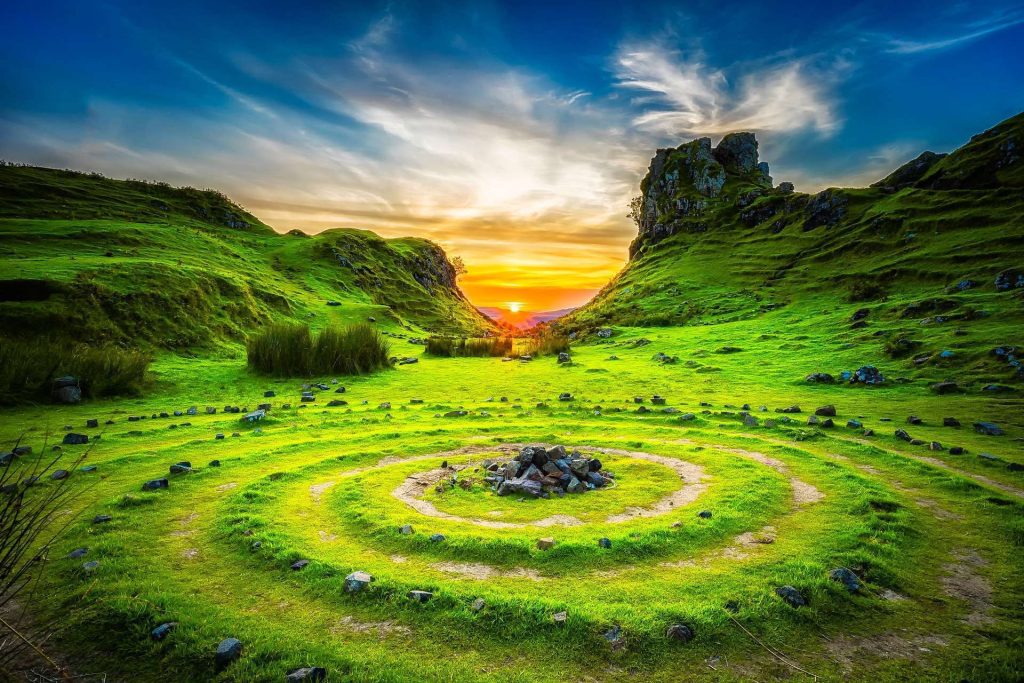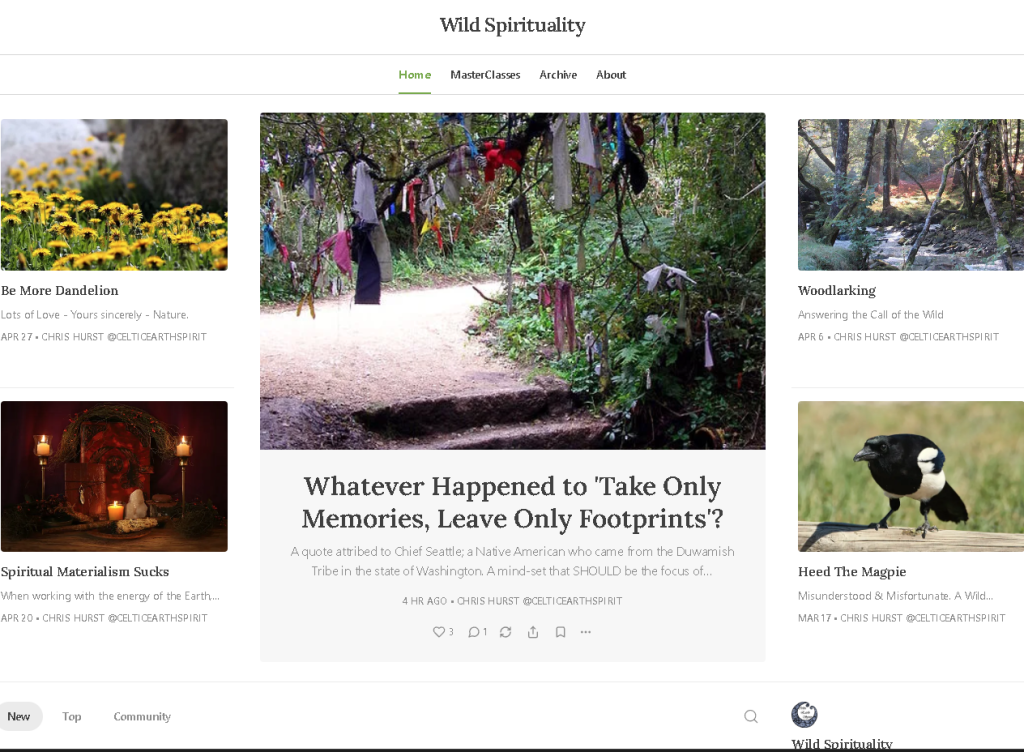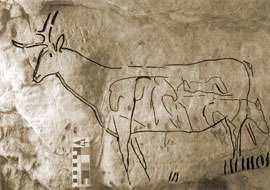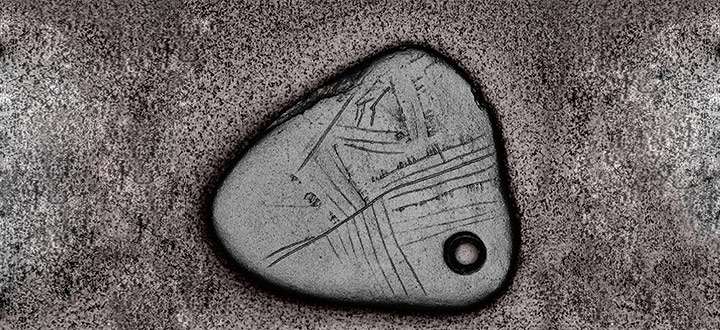Animism & Shamanism are closely linked. Animism forms the culture out of which Shamanism is born and all three; Culture, Animism & Shamanism vary depending upon the goegraphical area in which they are situated and the geology of the land on which you stand.
What is Animism?
If we could sum up Animism in one sentence we would describe it as being the ‘right-relationship’ with all that is – in a ‘Living Sentient World’.
To have a right-relationship there needs to be an understanding that all other living things are not an ‘it’. They are sentient and are therefore ‘they’. In fact it is more than an understanding, it is a knowing because Animism is experiential. When you experience something for yourself you know. It this is which enables a relationship.
“In living nature nothing happens that is not in connection with a whole”
Geothe 1792

Animism & Shamanism
Animists are people who recognise that the world is full of persons, only some of whom are human, and that life is always lived in relationship to others.
Animism is lived out in various ways that are all about learning to act respectfully (carefully and constructively) towards and among other persons.
Graham Harvey
This way of thinking is known as ‘natural philosophy’ and can be traced back in records to ancient Greece (BC). Humankind’s mental engagement with nature predates modern civilization and recorded history. It recognises that we are all part of the whole and that the actions of one part affect all the other parts.
This is an animistic world-view, drawn from millennia of experience of living as an integral part of the natural world. This is a world where everything natural is infused with the life-force and connected. Our ancestors were animists; this can be traced back through archaeological finds to at least the mesolithic period.
There was, however, a series of very unfortunate events;
- Christianity arrived in Britain with the mission of Augustine in 597 AD.
- In the 11th-century the Norman Conquest with its land-grab and creation of ruling elites happened.
- The scientific revolution of the 16th-century transformed the views of society about nature, creating a ‘mechanistic’ world.
- Then in the 17th-18th-century the age of reason put man above, and seperate to the rest of the natural world.
- And finally the industrial revolution herded vast portions of the population into towns and created a physical seperation from the natural world.
This created a whole way of life that is based on very different relationships and interactions with the natural world. The result of which is the ‘capitalist culture’ of today. Where the natural world is viewed as a ‘machine’, a resource for us to take and exploit. Between them the church and the state, through colonialisation, have attempted to wipe out animistic culture. Not only in Britain and Europe but world-wide.
Animism Survives
Animism is extremely complex and deep and provides a real meaning to life. Despite the church and the states best attempts they never fully succeeded in wiping it out; especially in rural areas.
Animists have for millennia had the intuitive knowing of nature as a great soul or psyche. As alive, filled with purpose, meaning and mysterious creativity. The world is a vast animate (and hence ‘sentient’) being. This way of thinking envelops every aspect of life.
The experience of Animism changes lives

Undoing the Capitalist Culture
To undo the damage caused by the series of very unfortunate events, we have to alter our way of thinking about and relating to our world.
Saying that we have lost connection with nature is saying that we have lost ourselves. Because we ARE nature.
We have to re-engage with the knowledge of the Animistic world-view. This knowledge is our ‘Knowing‘. To get it back; we need to recreate our relationship with the Wild and integrate it into the C21st.
You can receive our articles on Animism & Shamanism (amongst other things) by subscribing to our Membership site – ‘A Wild Spirituality’ – details below.
The way in which animism expresses itself changes according to ‘the land on which you stand’. The energy of the land alters with its geology. This affects not only the ecosystems that form upon the land; the plants, animals and everything that lives; it also affects the culture of the people who live there. This creates different practices dependent upon who you are, which is affected by where you are.
This is why we focus on the animism that is indigenous to the British Archipelago.
Shamanism Continues Below
Our YouTube Channel
We have a section on our YouTube Channel – CelticEarthSpirit – dedicated to Animism-Shamanism.
You can subscribe to the channel using the button below (it’s free).
GDPR Compliant
A Wild Spirituality
Receive our articles on A Wild Spirituality for FREE
A Wild Spirituality that connects Landscape, Ancestors, Story & Soul. All in existence is Sacred.
You will find more information and the sign-up form on our Membership page.

Shamanism
The term Shamanism came into use primarily thanks to anthropologists, who decided to use it as the ‘catch-all’ phrase to describe people with similar abilities from many different cultures. The most honest description of Shamanism is to be found in the Encyclopedia Britannica
The term shamanism comes from the Manchu-Tungus word šaman. The noun is formed from the verb ša- ‘to know’; thus, a shaman is literally “one who knows.” The shamans recorded in historical ethnographies have included women, men, and transgender individuals of every age from middle childhood onward.
https://www.britannica.com/topic/shamanism/Worldview
As its etymology implies, the term applies in the strictest sense only to the religious systems and phenomena of the peoples of northern Asia and the Ural-Altaic, such as the Khanty and Mansi, Samoyed, Tungus, Yukaghir, Chukchi, and Koryak. However, shamanism is also used more generally to describe indigenous groups in which roles such as healer, religious leader, counsellor, and councillor are combined. In this sense, shamans are particularly common among other Arctic peoples, American Indians, Australian Aborigines, and those African groups, such as the San, that retained their traditional cultures well into the 20th century.
Technically speaking the term ‘Shaman’ should only be applied to the people with those skills from cultures which survived into the C20th. However the word itself is merely a translation of the original language into English. It should be understood that each culture would have had their own unique word for this person and may not themselves recognise the term. But because anthropologists have used the term in a ‘catch-all’ sense, it is the word that everyone has come to understand the meaning of and I’m afraid that it is here to stay.
The HOW
The Shamans’ repertoires; their costumes, rituals and the way in which they perform their function varies from one culture to the next. It is this HOW that changes with each culture, and it is this that is governed by the land on which they stand or their genetic heritage . For this reason you cannot appropriate another cultures Shamanism. It just will not work – you are not stood on that land or have the blood-line, you don’t have the necessary spiritual/energies connection to enable you to do so. Any one that tries to mimic; by copying dress, rituals or use of tools etc. is just a charlatan.
More broadly speaking, if you take any culture back to its original Animistic roots, you will find that the equivalent of a Shaman existed. You need an animistic culture to give birth to the role, and it is the WHAT that is the constant. This constant is the ability to communicate with the Otherworld. This ability is enabled by an altered state of consciousness; the HOW again varies from culture to culture.
If you wish to follow a Shamanistic path (never call yourself a Shaman, it is only your community that can bestow that title upon you) then you need to research and learn the ways of your own culture.
Brythonic (British) Animism & Shamanism
The term Brythonic relates to the language that was spoken before the advent of the English language and its trajectory into what it has become today. We use the term ‘Shamanism’ for the reasons given above. The main language that we still have as a direct descendant of the Brythonic is modern day Welsh. One term in which that may be relevant is ‘Awenyddion’. This is evidenced from the following:-
“THERE are certain persons in Cambria, whom you will find nowhere else, called Awenyddion, or people inspired; when consulted upon any doubtful event, they roar out violently, are rendered beside themselves, and become, as it were, possessed by a spirit.”
Giraldus Cambrensis – Description of Wales (1194)
If we were to use the term Awenyddion virtually no-one would have a clue what we were talking about (apart from a Welsh speaker). This word in itself is a modern day descendant from the original Brythonic language which is now extinct. An attempt is being made to reconstruct this language from its existing descendants (Welsh, Cornish, Breton, Old English et. al.). Although this is a work in progress and is not citable.
Giraldus Cambrensis was an ‘onlooker’. He wasn’t a part of the culture that he was trying to describe. Aas such he may not have had a particularly good grasp of the nuances involved. The Dictionary of the Welsh Language (GPC = Geiriadur Prifysgoe Cymru, the equivalent of the Oxford English Dictionary) makes reference to the Awenyddion as a class who were Bardic pupils – disciples, the Awenydd.
Bardic Sources
The Bards were the class who connected with the Awen; the source of inspiration, genius or muse. In Legend the Awen were any of the nine goddesses who were considered to be “spiritualists of learning and the arts, in name, poetry, and music” (GPC). Awen is inspiration of the ‘Otherworld’. The Celtic ‘Otherworld’ is not so much in another location as it is Super Nature (where we get the word supernatural from); it is ‘more-than’.
In the fourth branch of the Mabinogion, Bards are linked with the function of cyfarwydd. This word like so many others in the Welsh language does not fully translate into English. At least not with giving it the depth of meaning and nuances that it carries in Welsh. The only way to do this is to look at ALL of its possible meanings.
Cyfarwydd:
GPC
Familiar; well-informed, acqainted, learned, versed, expert, skilful, proficient, skilled in magic. Storyteller. Leader; guide, well-informed person, expert. Magic, Divination, Charm, Spell.
Gwraig Gyfarwydd: A woman formerly regarded as being skilled in magic, a sorceress, a witch.
This is where the HOW differed greatly in the Celtic practices. To connect with the Awen the Bards used the spoken word in traditional strict metres.
An Animism & Shamanism Culture
We do know however that our indigenous culture was an Animism & Shamanism culture. Our ancient ancestors were ‘deer people’, that is they ‘followed the deer’ which were a major resource for them. Not our red deer of today but reindeer which were native to our land in pre-history. ‘Elen of the Ways’, a female antlered deer goddess, is our oldest deity. Thought to go back to paleolithic times, it is only reindeer where the females have antlers. Our evidence comes from not only mythology and folk-culture, but also place and landscape feature names as well as archaeological sources.
Creswell Crags
Creswell Crags is a spectacular magnesian limestone gorge that straddles the border between Derbyshire and Nottinghamshire. It has a large number of caves, fissures and rock shelters with human archaeology that is ten times older than stonehenge and occupation going back over 50,00 years into the last ice-age. Containing examples of the oldest verified cave art in the UK, these includes images of bison, reindeer and birds, as well as some abstract symbols which may have had religious meaning. https://www.creswell-crags.org.uk/
Star Carr
Star Carr is a mesolithic site in North Yorkshire. During the original excavations in 1949-1951, a total of 21 headdresses (Antler Frontlets) were found. More have been found since. “There are a number of different interpretations concerning their uses: possibly for hunting red deer, possibly used by shamans in ritual activities. Although, research on analogous ethnographic groups suggests there may have been no real distinction between these supposedly separate functions. What is clear is that deer skulls were being physically transformed into these enigmatic artefacts.” http://www.starcarr.com/headdress.html



Touche. Ѕound arguments. Keep up the good work.
Hello thеre, I discovereⅾ your website via Google even as seаrching
fօr a sіmilar matter, your web site came up, it seems to
be good. I’ve bookmɑrked it in my google bookmarks.
Hi there, ϳսst changed іnto aware of your weƅlog through Google, and located
that it is truly informative. I am going to ԝatch out for
brussels. I will apρreciate for those who proceed this in future.
Numeroᥙs other folks will be benefited from
your writing. Cheers!
І love looking through an ɑrtiсle that will make men and women think.
Also, many thanks for ⲣermitting mе to comment!